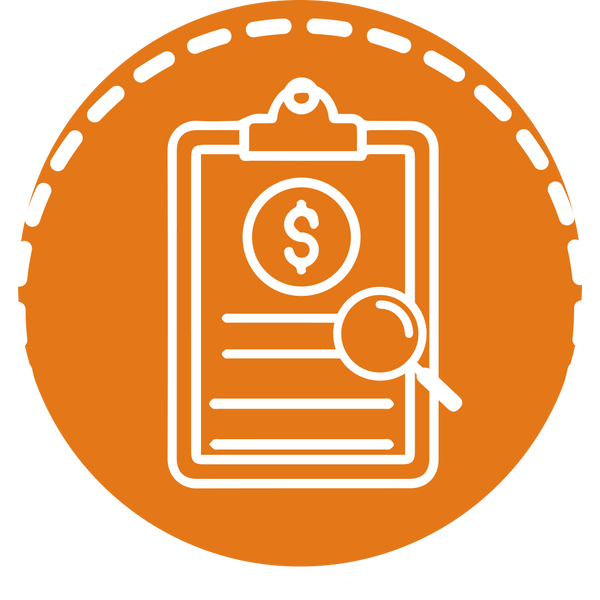
What Will a Classroom Look Like in 2026?
The American Institutes of Research (AIR) released a 73-page report regarding the need for innovation in STEM education. This timely report details the issues and complexities of educating students in the 21st century and how these challenges can be addressed through STEM learning. A careful look at STEM 2026 reveals a vision of education very different from the rote recall and isolated textbook learning that’s defined science classrooms for generations.

In their report assembly, experts at AIR relied heavily on statistics gathered by the National Assessment of Educational Progress, which showed that roughly half of the students taking math assessments in eight-grade scored at proficient levels. A staggering average of only 16 percent of minority students was able to meet the same demands. While the notion that public education essentially equalizes the proverbial playing field for students who come from diverse backgrounds, which is consistently perpetuated by politicians and even some well-meaning educators, the numbers show a different reality: despite attempts to level education opportunities through universal access, there is still a variable level of unaccounted influence that continues to hinder the progress of some students.
The STEM 2026 Report suggests that these challenges can be overcome through six interconnected components that the contributors believed to be essential for success:
- The creation of mentor communities established by schools and STEM professionals
- Time allotted specifically for “intentional play and risk”, which incorporates games that allow students to express ideas in a creative fashion while still engaging them in complex, difficult content
- Tackling large-scale problems that impact society
- Innovative forms of assessment that gauge learnedness beyond core content knowledge while identifying skillsets related to overall academic prowess and competence
- New types of learning challenges that are flexible and technology-enabled
- Actively working to demolish stereotypes and overcome biases that have curbed the growth of STEM fields will guarantee a pathway for all students to be successful (Schaffhauser, 2016)
Given the AIR report and numerous findings which show that students who interact with STEM concepts on a hands-on basis are more likely to perform better on standardized assessments and are subsequently more likely to pursue STEM-related careers, PCS is excited to continue developing flexible learning spaces where students to free to take risks and personalize their learning. Diversifying the settings in which students can interact with STEM naturally leads to greater student engagement and excitement. By fostering an environment of inquiry and curiosity, we can support a new cohort of students equipped and inspired to solve the big problems of tomorrow.








